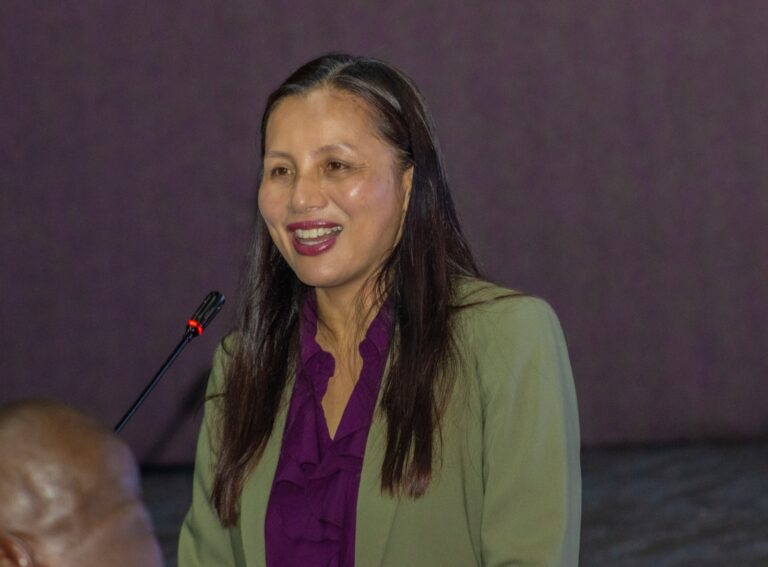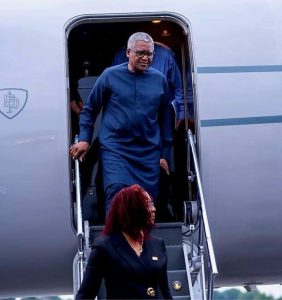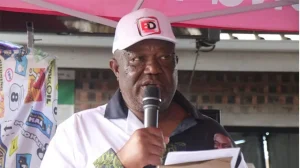
The United States Department of State, through the President’s Emergency Plan for AIDS Relief (PEPFAR), has made a commitment of US$ 65 million towards Zimbabwe’s HIV response programming.
The initiative, known as The Bridge Plan, will run for the next six months.
It will be subject to renewal on condition Harare meets new U.S. Government (USG) funding requirements.
Under the Bridge Plan, the U.S. government will continue to support critical HIV interventions such as antiretroviral therapy (ART) and HIV commodities procurement. However, the new funding excludes certain areas previously covered under the U.S. government’s support framework, including the condom program and voluntary medical male circumcision (VMMC).
According to Matthews Maruva from the U.S embassy in Zimbabwe, the new budget emphasises continued access to treat
Out of the US$61.5 million budget, after accounting for US$16.4 million for commodities, about 63% is dedicated to supporting frontline health workers,” said Maruva. “This covers about 1,800 facility-level staff, including nurses, testing and counselling providers, laboratory technicians, specimen transport riders, and social workers.”
He added that community-based health workers form a vital component of the plan.
“The remaining 6,500 are community health workers who play a crucial role in our HIV response. The Bridge Plan also has a particular focus on children living with HIV and AIDS, addressing the unique barriers they face that often result in poorer outcomes compared to adults,” he said.
The Bridge Plan budget also seeks to reach 43,000 individuals who are currently in HIV recovery and require ongoing support.
Speaking during the Zimbabwe National Strategic Plan (ZNSP V) meeting held in Harare, Josephine Francisco, Assistant to the U.S. Department of State, outlined the stringent performance benchmarks Zimbabwe must meet to qualify for the next round of funding under the new model
“Recipient governments must co-invest in these efforts and include performance benchmarks that we will agree upon together. These benchmarks must be met before the release of U.S. healthcare assistance,” said Francisco.
She added that the U.S. government is pushing to finalize Memorandums of Understanding (MOUs) or bilateral agreements with all partner governments, including Zimbabwe, by mid-December this year.
“That is not a mistake — I did say mid-December,” Francisco emphasized. “This timeline is crucial because the PEPFAR Bridge commitment of US$61.5 million runs for only six months, ending in March 2026. We are working hard with the Government of Zimbabwe to ensure there is no interruption in life-saving services after March.”
Francisco said the signing of the MOU will pave the way for a seamless transition into a new funding cycle beginning in April 2026.
“Once we agree on the MOU, we will align implementation plans so that services continue without disruption. We consider this a challenge, but also an opportunity to strengthen local capacity and ensure Zimbabwe moves closer to self-reliance,” she said.
She also reaffirmed the United States’ long-term commitment to Zimbabwe’s HIV response.
“We remain committed to saving lives and supporting the Government of Zimbabwe to take full ownership of the HIV response. Together, we can work toward a sustainable model that allows the country to address global health challenges independently,” Francisco said.
Since its inception in 2003, PEPFAR has saved over 25 million lives worldwide, making it the largest commitment ever made by a single nation to address one disease.
“We recognize that this progress was achieved in partnership with governments, civil society, and communities,” said Francisco. “In Zimbabwe alone, the U.S. government has provided more than US$1.9 billion over the past 20 years to save lives and prevent new HIV infections.”
She noted that while the Bridge Plan sustains essential HIV services, the broader goal is to ensure local systems become more resilient and self-sufficient.
“Through the PEPFAR Bridge Plan, we continue to provide life-saving care and treatment while working with all stakeholders to help Zimbabwe take ownership of its results as soon as possible,” she said.
As the six-month funding cycle begins, both governments have expressed optimism that the partnership will set the foundation for a more sustainable and country-led HIV response in Zimbabwe. — Newshawks









